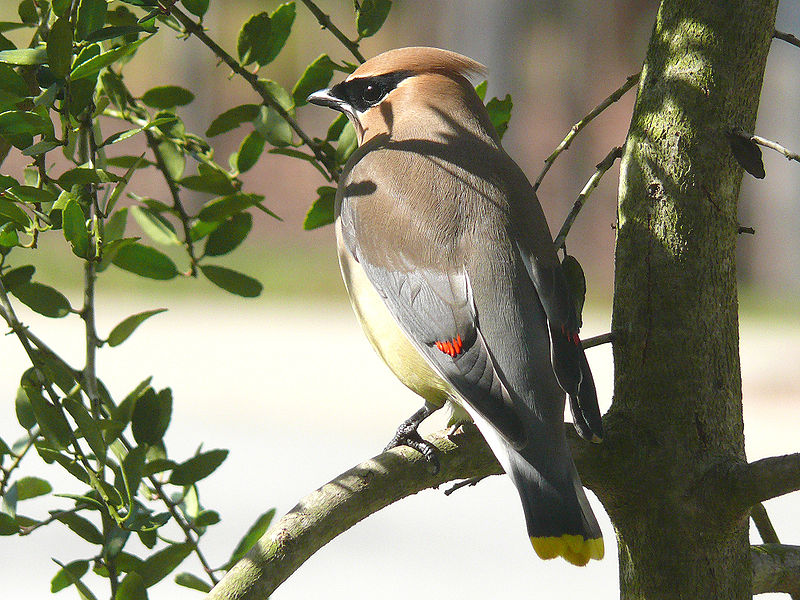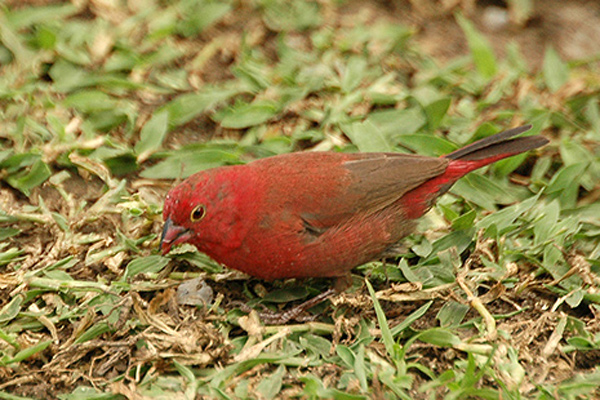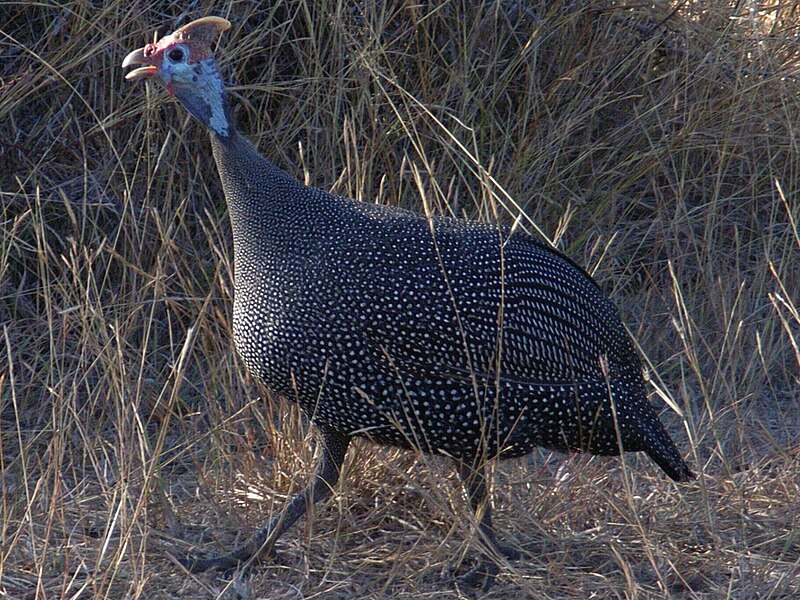 Even where it is common, the Cedar Waxwing, Bombycilla cedrorum, always elicits excitement among birders. Widely considered to be one of the USA’s most beautiful birds, captives tame readily and have achieved some popularity among European hobbyists. Those I’ve kept have provided many fond memories and interesting observations.
Even where it is common, the Cedar Waxwing, Bombycilla cedrorum, always elicits excitement among birders. Widely considered to be one of the USA’s most beautiful birds, captives tame readily and have achieved some popularity among European hobbyists. Those I’ve kept have provided many fond memories and interesting observations.
Description
This 6-inch-long bird has a unique look that can be described as “sleek, silky and shiny”. It is clad in muted shades of brown, gray and lemon-yellow, and sports a jaunty crest, bold black eye mask and striking scarlet-red wing tips. Read More »
 That Bird Blog – Bird Care and History for Pet Birds
That Bird Blog – Bird Care and History for Pet Birds




